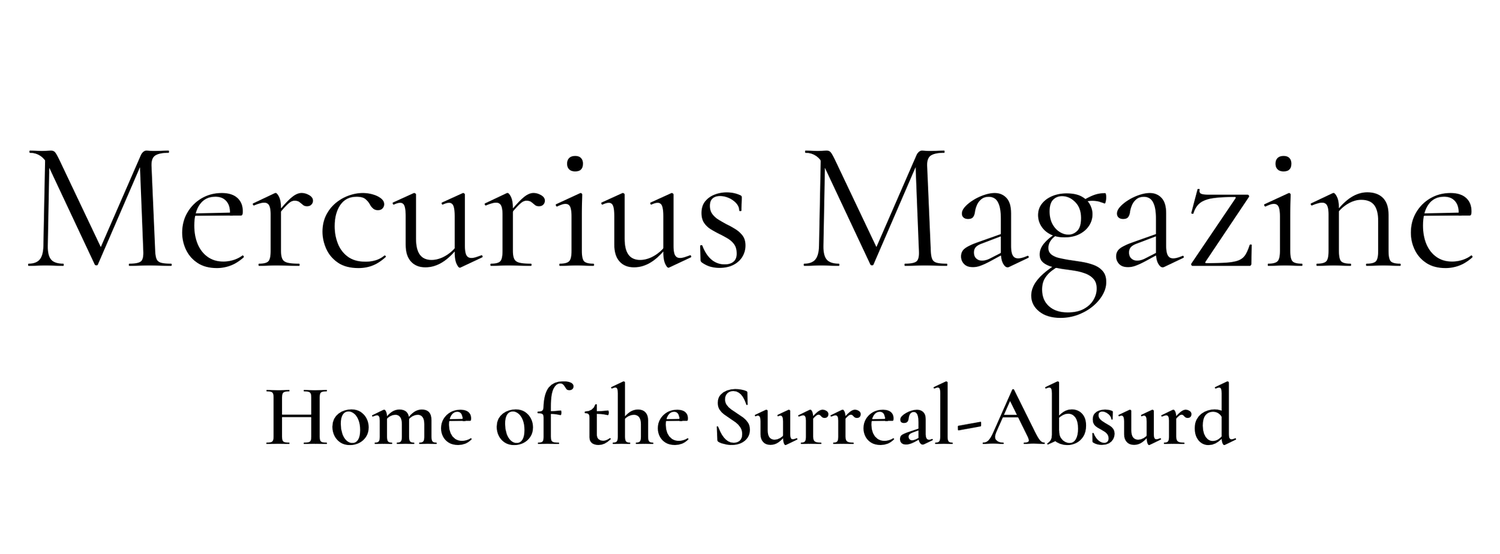Scavenger Love
Every time the Animal Control van crept down my block, I’d pray that it wouldn’t stop at my house. As a childless widow with four dogs, I’d become the neighbourhood Crazy Dog Lady. It was only a matter of time before I reached the extremity documented on reality television shows.
I don’t know if or when my relationship with dogs became unnatural, or unhealthy, or maybe just weird. Temple Grandin says that “animals make us human,” but my dogs made me a little less human, a little more dog. When you live with dogs long enough, you forget that they’re another species, and that their ways—sniffing crotches, mauling underwear, licking snot, scavenging garbage—should be seen as uncouth, even disgusting. At night, dogs settled into the empty space in bed still sagging to my late husband’s shape even after all these years, and I fell asleep to the grinding of teeth on buffalo bones. On bad days, when grief surged and I buried my head in my pillow to muffle my sobs, I had to pause occasionally to pick dog hairs out of my mouth.
By the tenth anniversary of Rajiv’s death, black and tan dog hairs became so deeply embedded in my now-gray carpets that their original ocean blue color was irrecoverable.
How do you know when you’ve crossed the line of acceptable human-dog relations? At what point does the van stop for you?
…
Determining the proper relationship between humans and dogs has a renewed urgency in our current cultural moment of unprecedented pet ownership, but it has probably troubled humans since the origin of dogs as a (sub)species. We often look to nature and “the natural” for guidance in such matters, but the Natural History of Dogs is still under disputed construction.
Probably around 10-15,000 years ago, dogs emerged as the first domesticated nonhuman animal. Some anthrozoologists conjecture that the entire species is human-made from the start; others believe that dogs evolved on their own, filling a niche through natural selection, long before humans began selectively breeding. It’s even possible that dogs evolved from proto-wolves twice, or even three separate times in different parts of the world, maybe in northern Asia or maybe the Middle East or perhaps even Europe. All we know for certain—or think we do—is that dogs evolved alongside humans, intertwined with human interests from their beginnings, leading to this bizarre hybrid of natural selection and human engineering.
The most charming hypothesis imagines that when early humans came upon lairs of abandoned wolf-pups, they adopted some of them. The most submissive, trusting, and paedamorphic of the little wolves were allowed to stay among the humans and to eat their food scraps. In only ten or so generations, wolf ears began to flop and bellies to whiten. In this hypothesis, dogs were man-made from the start—so were they ever “natural”?
On the other hand, the increasingly accepted theory is the scavenger theory, which postulates that dogs evolved from wolves as super-scavengers. Some wolves may have begun to forage around the outskirts of early villages and to feed on humans’ scraps. Over time, the least reactive to human activity would have fared better and would have repopulated around the dump sites. Humans benefited from this clean-up service, and would have tolerated the increasingly mellow wolves who posed little threat, and even provided rudimentary protection. In this model, dogs domesticated themselves, and it was the dogs who chose to cast their lot with humans.
…
If I have crossed a line in my relations with dogs, I’m not going back. I can’t imagine returning to a time before dogs. I can’t imagine a life in which garbage was just garbage rather than an occasion for joy, or in which toilet paper rolls sat snug in their cubbies, or socks were safe, or pant legs innocent. I can’t imagine extending an arm beneath the book I’m reading and not feeling a patch of warm fur settling under my hand. I would miss watching dogs’ ears perk to ultrasonic music that I can’t hear, or their noses tune to olfactory wonders I’ll never know. I’d miss their probing, dexterous tongues, their insatiable appetites, their lust to scavenge, a lust as primitive as love.
The connection between humans and dogs feels ancient, deep as DNA, basic as hunger. Is it natural? Maybe the human-dog relationship exceeds and even bewilders a simple model of nature as something distinct from human culture. Perhaps our interspecies relationship is as natural and unnatural as the first civilization.
This essay is from Pretzel, Houdini & Olive by Deborah Thompson (Red Hen Press, 2020). Reprinted with permission from the author and publisher. Purchase the book here.
To read more excerpt-articles from Project Jupiter, Mercurius’s ever-growing anthology of indie press titles, click here.

